MARKET OVERVIEW
The Global Animal By-product Market stands as a cornerstone within the broader animal industry landscape, encompassing a myriad of products derived from animals that extend beyond traditional meat and dairy sectors. This expansive market segment encompasses a diverse array of by-products originating from various stages of animal processing, ranging from hides and skins to bones, fats, and even feathers.
The animal by-product market serves as a critical component of the global economy, catering to a multitude of sectors including pharmaceuticals, cosmetics, food processing, and manufacturing. The utilization of animal by-products in such industries underscores its significant role in driving innovation, sustainability, and economic growth on a global scale.
In recent years, advancements in technology and processes have facilitated the extraction, processing, and utilization of animal by-products in increasingly efficient and sustainable ways. This has led to a surge in demand for these commodities, particularly in emerging markets where rapid industrialization and urbanization have spurred growth across various sectors reliant on animal derived materials.
One of the key drivers shaping the trajectory of the global animal by-product market is the growing awareness and emphasis on sustainability and circular economy principles. With mounting concerns over environmental degradation and resource depletion, stakeholders across industries are increasingly turning to animal by-products as viable alternatives to conventional raw materials, thereby reducing waste and minimizing environmental impact.
Moreover, the rising demand for natural, bio-based ingredients in sectors such as cosmetics and pharmaceuticals has further propelled the prominence of animal by-products. Collagen derived from animal hides, for instance, is prized for its numerous health and skincare benefits, driving robust demand from discerning consumers seeking ethically sourced and sustainable products.
In addition to its economic significance, the animal by-product market also plays a crucial role in addressing food security and resource optimization challenges. By maximizing the utilization of every part of the animal, from nose to tail, producers can enhance operational efficiency and mitigate food waste, thereby contributing to more sustainable and resilient food systems.
However, despite its integral role within the global economy, the animal by-product market is not without its challenges. Ethical concerns surrounding animal welfare and the treatment of animals in industrial farming practices have sparked debates and calls for greater transparency and accountability across the supply chain. Furthermore, regulatory frameworks governing the production and trade of animal by-products vary widely across regions, posing compliance challenges for multinational companies operating in diverse markets.
The Global Animal By-product Market represents a dynamic and multifaceted industry with far reaching implications for various sectors and stakeholders worldwide. As technological advancements and sustainability imperatives continue to shape the landscape, the market is poised for further evolution, driving innovation and fostering resilience in an ever-changing global economy.
Global Animal By-product market is estimated to reach $21,525.2 Million by 2031; growing at a CAGR of 3.6% from 2024 to 2031.
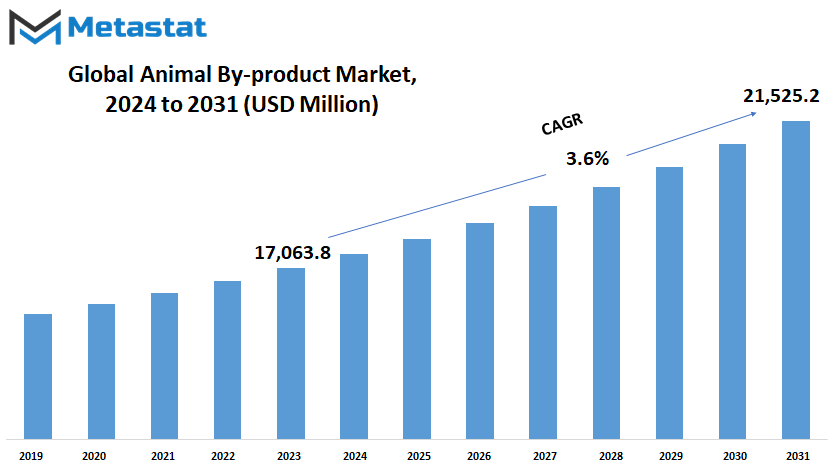
GROWTH FACTORS
The global animal by-product market is influenced by various factors that contribute to its growth. These factors play a crucial role in shaping the market dynamics and driving its expansion. Understanding these growth factors is essential for stakeholders to make informed decisions and strategies in the animal by-product market.
One of the primary growth factors in the global animal by-product market is the increasing demand for animal-derived products. Animal by-products are utilized in various industries such as food and beverage, pharmaceuticals, cosmetics, and agriculture. These industries require animal by-products for the production of a wide range of goods, including meat products, gelatin, leather, pharmaceuticals, and fertilizers. As the population continues to grow, the demand for these products is also increasing, thereby driving the growth of the animal by-product market.
Moreover, the rising awareness among consumers regarding the benefits of animal by-products is contributing to market growth. Consumers are becoming more conscious of their health and are increasingly opting for products that contain natural ingredients, including animal-derived ones. This trend has led to a surge in demand for products like collagen supplements, bone broth, and natural fertilizers, which contain animal by-products. As a result, manufacturers are expanding their product offerings to cater to this growing demand, thereby fueling market growth further.
Additionally, advancements in technology are playing a significant role in driving the growth of the animal by-product market. Technological innovations have led to improvements in processing techniques, thereby enhancing the efficiency of production processes and reducing costs. For instance, advanced machinery and equipment are being used for the extraction and processing of animal by-products, leading to higher yields and improved quality of end products. This has made animal by-products more accessible and affordable, thereby expanding their market reach and driving growth.
Furthermore, regulatory initiatives aimed at promoting sustainable practices are also driving market growth. Governments and regulatory bodies worldwide are implementing stringent regulations to ensure the sustainable utilization of animal by-products and minimize environmental impact. For instance, there are regulations governing the disposal of animal waste and by-products to prevent environmental pollution. Compliance with these regulations requires industries to adopt sustainable practices such as recycling and waste management, thereby creating opportunities for market growth.
Moreover, the growing trend towards organic and natural products is also contributing to the growth of the animal by-product market. Consumers are increasingly seeking products that are free from synthetic additives and chemicals, opting instead for natural alternatives. Animal by-products, such as collagen and gelatin, are natural ingredients that are widely used in various industries due to their functional properties and health benefits. This increasing preference for natural products is driving the demand for animal by-products, thereby fueling market growth.
The global animal by-product market is experiencing significant growth due to various factors such as increasing demand, rising consumer awareness, technological advancements, regulatory initiatives, and shifting consumer preferences towards natural products. Understanding these growth factors is essential for stakeholders to capitalize on emerging opportunities and drive further expansion in the animal by-product market.
MARKET SEGMENTATION
By Type
The global animal by-product market encompasses various segments, primarily divided by type. These include meat and bone meal, feather meal, blood meal, and animal fat. Each segment holds its significance in the market, contributing to the overall dynamics and economic value.
Meat and bone meal, valued at 2,249.0 USD animal by-product in 2018, is a significant component of the market. It is derived from the rendering of animal tissues and bones, often used in animal feed due to its high protein content. This segment plays a crucial role in providing essential nutrients to livestock, contributing to their growth and overall health.
Feather meal, another vital segment, was valued at 472.0 USD animal by-product in 2018. It is obtained through the processing of poultry feathers, which are rich in protein. Although primarily used in animal feed, feather meal also finds applications in various industries, including fertilizers and pet foods. Its value lies in its sustainable utilization of poultry by products, reducing waste while extracting valuable nutrients.
Blood meal is yet another significant component of the animal by-product market. It is produced by drying and grinding blood collected from slaughterhouses. Rich in nitrogen, blood meal serves as an excellent source of protein for livestock feed. Additionally, it is utilized in organic farming as a natural fertilizer due to its high nutrient content. The versatility of blood meal contributes to its importance in both agricultural and industrial sectors.
Animal fat, the fourth major segment, holds its position in the market due to its diverse applications. It is obtained from rendering animal tissues and is commonly used in various industries, including food, cosmetics, and biodiesel production. Animal fat serves as a source of energy and flavor in food products, while its emollient properties make it suitable for skincare products. Moreover, with the increasing focus on sustainable practices, animal fat is being explored as a renewable source for biofuel production, further expanding its market potential.
The global animal by-product market's growth and dynamics are influenced by several factors. Changing consumer preferences, regulatory policies, and technological advancements play pivotal roles in shaping the market landscape. As consumers become more conscious of food safety and sustainability, there is a growing demand for alternative sources of protein and nutrients. Additionally, stringent regulations regarding the handling and disposal of animal by-products drive innovation in processing techniques, leading to the development of value-added products.
The global animal by-product market comprises various segments, each contributing to its overall dynamics and economic value. From meat and bone meal to feather meal, blood meal, and animal fat, these segments play crucial roles in various industries, including agriculture, food, and cosmetics. As the market continues to evolve, driven by changing consumer preferences and regulatory standards, there are ample opportunities for growth and innovation within the animal by-product industry.
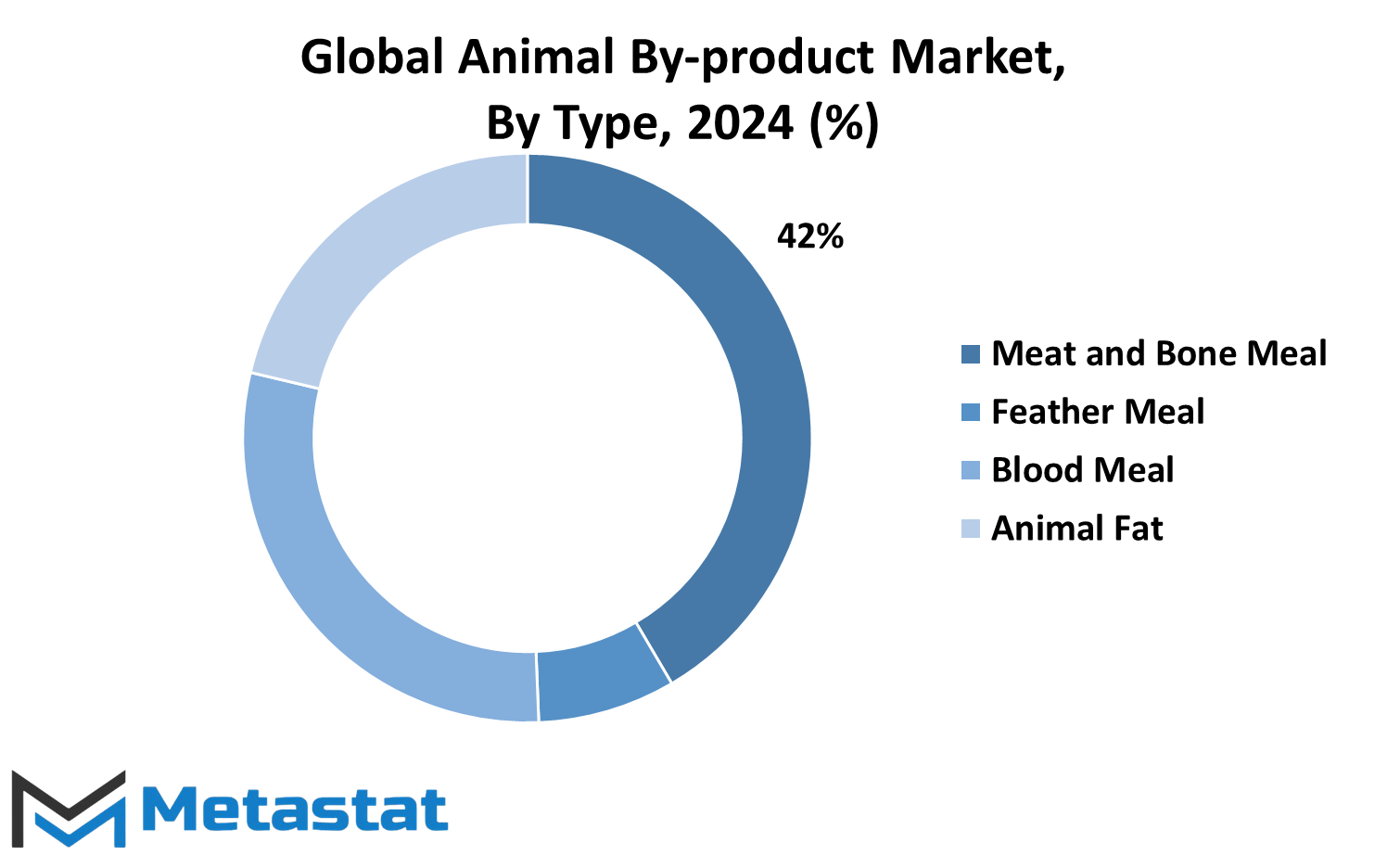
By Application
The global animal by-product market encompasses various applications, including animal feed, fertilizer, chemical industry, fuel, and other uses. Each of these applications plays a significant role in utilizing by-products derived from animals effectively.
Animal feed stands as one of the primary applications within the animal by-product market. By-products from animals, such as bones, blood, and offal, can be processed into feed for livestock, poultry, and aquaculture. This practice not only provides a sustainable solution for utilizing by-products but also contributes to the nutritional needs of animals.
Fertilizer represents another vital application of animal by-products. Organic matter derived from animal waste can be processed into nutrient-rich fertilizers, providing essential elements like nitrogen, phosphorus, and potassium to enhance soil fertility. By utilizing animal waste in this manner, farmers can promote sustainable agricultural practices while minimizing environmental pollution.
In the chemical industry, animal by-products find diverse applications. Components extracted from animal sources, such as fats, proteins, and collagen, serve as valuable raw materials in the production of various chemicals and biochemicals. These by-products are utilized in industries ranging from pharmaceuticals to cosmetics, demonstrating their versatility and importance in manufacturing processes.
Furthermore, animal by-products contribute to the production of fuel. Rendering processes can convert animal fats and oils into biodiesel, a renewable energy source that reduces dependency on fossil fuels. This application not only helps in managing animal waste but also promotes environmental sustainability by reducing greenhouse gas emissions.
Apart from the aforementioned applications, animal by-products find utilization in various other industries. For instance, collagen extracted from animal skins and bones is used in the production of gelatin, which finds application in food, pharmaceuticals, and photographic industries. Similarly, animal hair and wool are processed into textiles, brushes, and insulation materials, demonstrating the wide-ranging utility of animal by-products across different sectors.
The segmentation of the animal by-product market into different applications reflects the diverse ways in which these by-products are utilized across industries. Each application contributes to the efficient utilization of animal by-products while addressing specific market needs and requirements.
The global animal by-product market encompasses various applications, including animal feed, fertilizer, chemical industry, fuel, and other uses. These applications highlight the versatility and significance of animal by-products in different industries, ranging from agriculture to manufacturing. By effectively utilizing these by-products, industries can promote sustainability, minimize waste, and meet diverse market demands.
REGIONAL ANALYSIS
The global market for animal by-products can be broken down by geography into several regions: North America, Europe, Asia-Pacific, and South America. Each of these regions plays a significant role in the overall dynamics of the animal by-product market. Understanding the specific characteristics and trends within each region is crucial for stakeholders operating in this industry.
North America stands as one of the prominent markets for animal by-products. With a well established meat industry and a growing demand for animal-derived products, North America boasts a substantial share of the global market. Factors such as technological advancements, stringent regulations, and increasing consumer awareness regarding the utilization of animal by-products contribute to the region's market dominance.
Similarly, Europe holds a significant position in the global animal by-product market. The region's stringent regulations regarding animal welfare and environmental sustainability have led to the development of sophisticated processes for utilizing animal by-products efficiently. Additionally, the growing trend towards organic and natural products further fuels the demand for high-quality animal by-products in Europe.
Moving on to the Asia-Pacific region, it represents a rapidly expanding market for animal by products. With the increasing population and rising disposable incomes in countries like China and India, there is a growing demand for meat and other animal-derived products. As a result, the production and consumption of animal by-products in the Asia-Pacific region have witnessed a steady rise in recent years. Moreover, the presence of key market players and ongoing technological advancements are further propelling the growth of the animal by-product market in this region.
South America also plays a significant role in the global animal by-product market, albeit with its unique set of challenges and opportunities. The region's abundant natural resources and favorable climatic conditions make it conducive for livestock farming, thereby contributing to the production of animal by-products. However, issues such as deforestation and environmental concerns pose challenges to sustainable practices in the South American animal by-product market. Nevertheless, efforts are being made to address these issues through initiatives promoting responsible production and consumption practices.
The global animal by-product market is characterized by its geographical diversity, with North America, Europe, Asia-Pacific, and South America being the key regions driving market growth. Each region brings its own set of opportunities and challenges, shaped by factors such as technological advancements, regulatory frameworks, and consumer preferences. Understanding these regional dynamics is essential for stakeholders looking to capitalize on the growing demand for animal by products in the global market.
COMPETITIVE PLAYERS
The global animal by-product market is a dynamic arena driven by various companies striving to meet consumer needs and stay ahead of the competition. Among the prominent contenders in this industry are 3M, Ambu, BOMImed, Dragerwerk, Flexicare Medical, Medline, MJ Patterson, Nolato, Smiths, and Teleflex.
These companies play a crucial role in shaping the landscape of the animal by-product market. They are engaged in activities such as research, development, manufacturing, and distribution of a wide range of products derived from animal by-products. These products serve diverse purposes across industries including healthcare, agriculture, pharmaceuticals, and cosmetics.
3M, a renowned multinational conglomerate, is known for its innovative solutions across various sectors. In the animal by-product market, 3M is recognized for its commitment to quality and cutting-edge technology. Similarly, Ambu, another significant player, specializes in medical devices and is known for its expertise in producing high-quality products catering to the healthcare industry.
BOMImed is a key player focusing on medical supplies and equipment. With a dedication to meeting the evolving needs of healthcare professionals, BOMImed contributes significantly to the animal by product market. Dragerwerk, another notable competitor, is acclaimed for its medical and safety technology solutions, providing essential products derived from animal by-products to ensure safety and well-being in various settings.
Flexicare Medical is recognized for its range of medical devices and consumables. The company's commitment to innovation and customer satisfaction makes it a formidable player in the animal by product market. Medline, a leading manufacturer and distributor of medical supplies, is known for its extensive product portfolio and global presence, contributing to the growth of the animal by product market.
MJ Patterson is a prominent supplier of animal by-products for various industries, offering tailored solutions to meet specific requirements. Nolato specializes in healthcare and pharmaceutical packaging solutions, utilizing animal by-products to create efficient and sustainable packaging solutions. Smiths, a diversified global technology company, leverages its expertise to deliver innovative products derived from animal by-products across multiple sectors.
Teleflex, a global provider of medical technologies, focuses on enhancing patient care and safety through its products derived from animal by-products. These competitive players bring diverse strengths and capabilities to the animal by-product market, driving innovation and meeting the demands of a rapidly evolving industry landscape.
The global animal by-product market is characterized by the presence of key players such as 3M, Ambu, BOMImed, Dragerwerk, Flexicare Medical, Medline, MJ Patterson, Nolato, Smiths, and Teleflex. These companies play a vital role in driving innovation, meeting consumer needs, and shaping the competitive dynamics of the market. Their contributions span across various sectors, emphasizing the significance of animal by-products in modern industries.
Animal By-product Market Key Segments:
By Type
- Meat and Bone Meal
- Feather Meal
- Blood Meal
- Animal Fat
By Application
- Animal Feed
- Fertilizer
- Chemical Industry
- Fuel
- Others
Key Global Animal By-product Industry Players
WHAT REPORT PROVIDES
- Full in-depth analysis of the parent Industry
- Important changes in market and its dynamics
- Segmentation details of the market
- Former, on-going, and projected market analysis in terms of volume and value
- Assessment of niche industry developments
- Market share analysis
- Key strategies of major players
- Emerging segments and regional growth potential



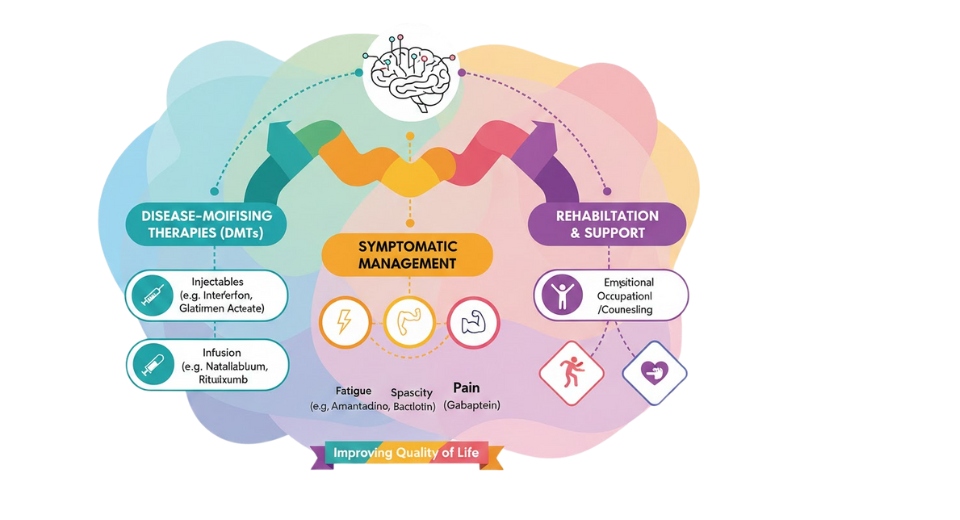
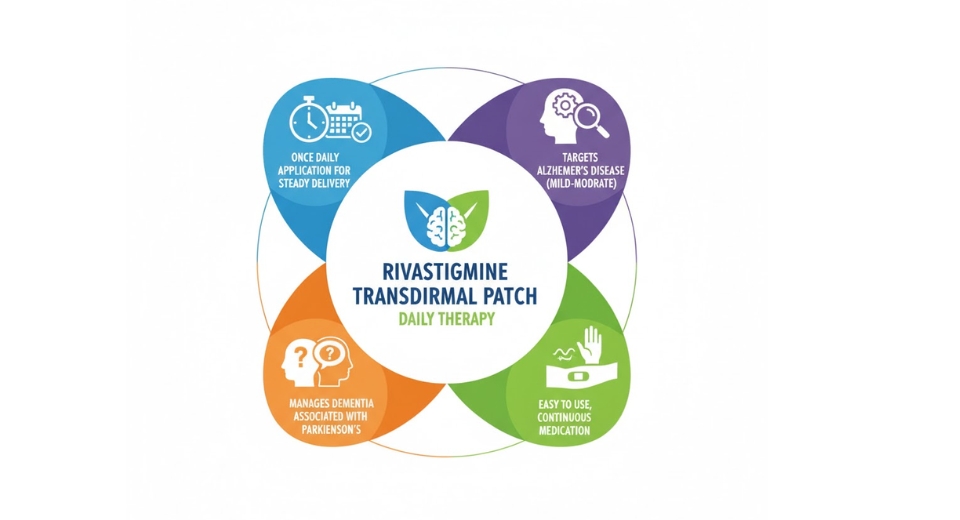
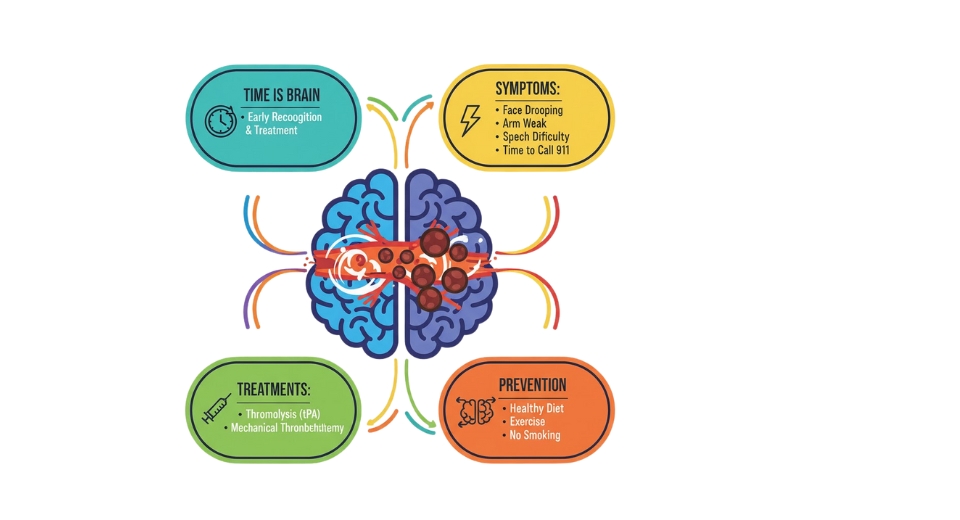
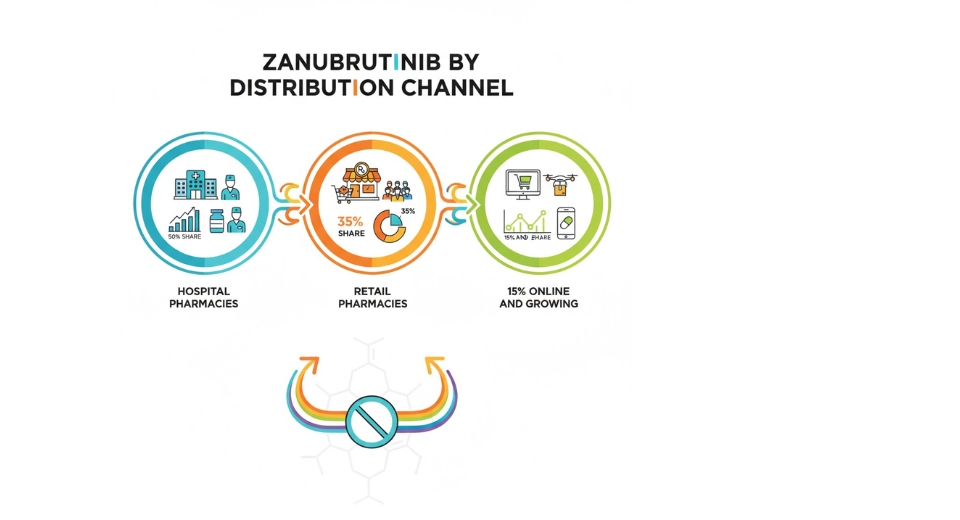

 US: +1 3023308252
US: +1 3023308252






